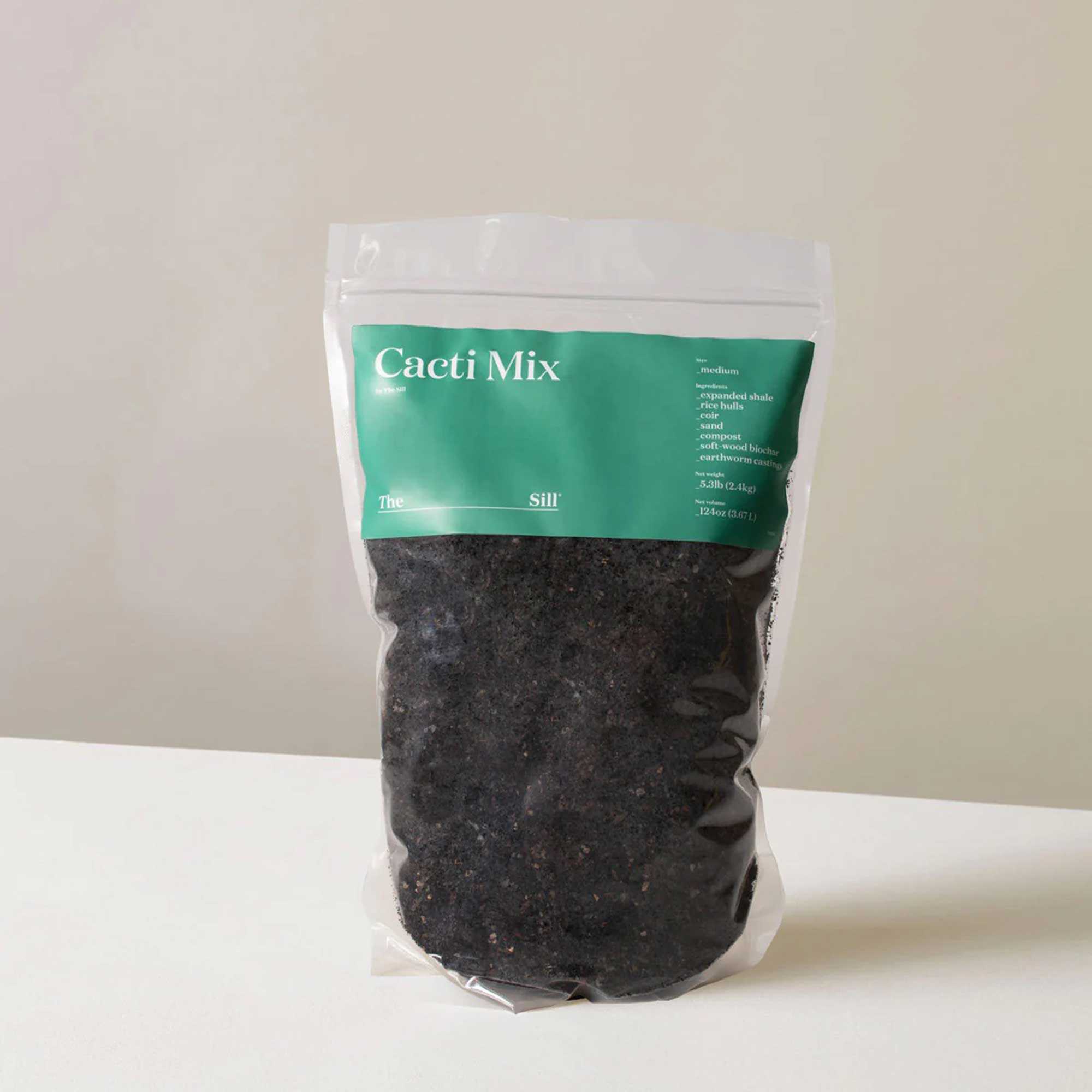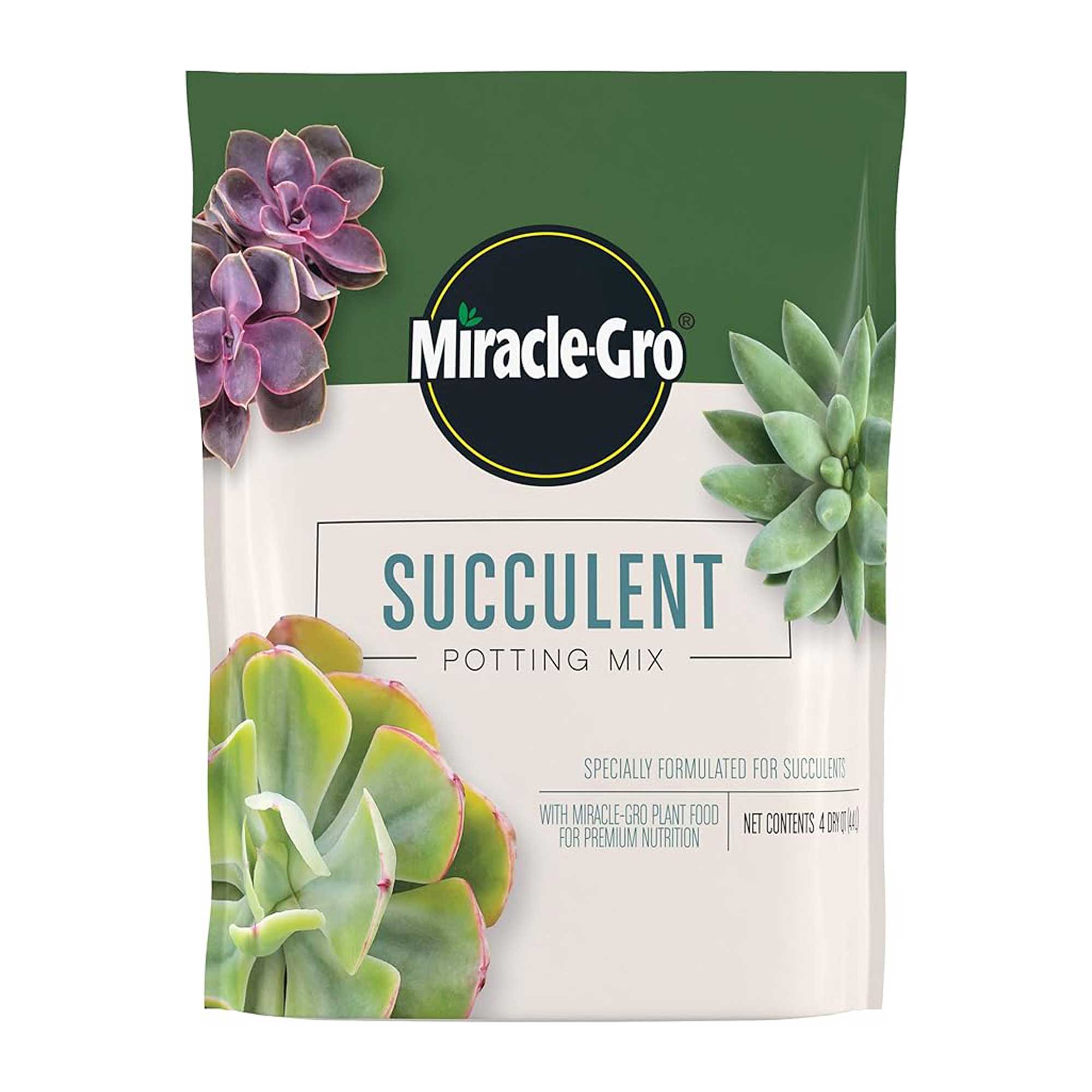What soil to use for succulents – expert tips for helping these popular plants thrive
Succulents are easy to look after, but using the right potting mix is essential
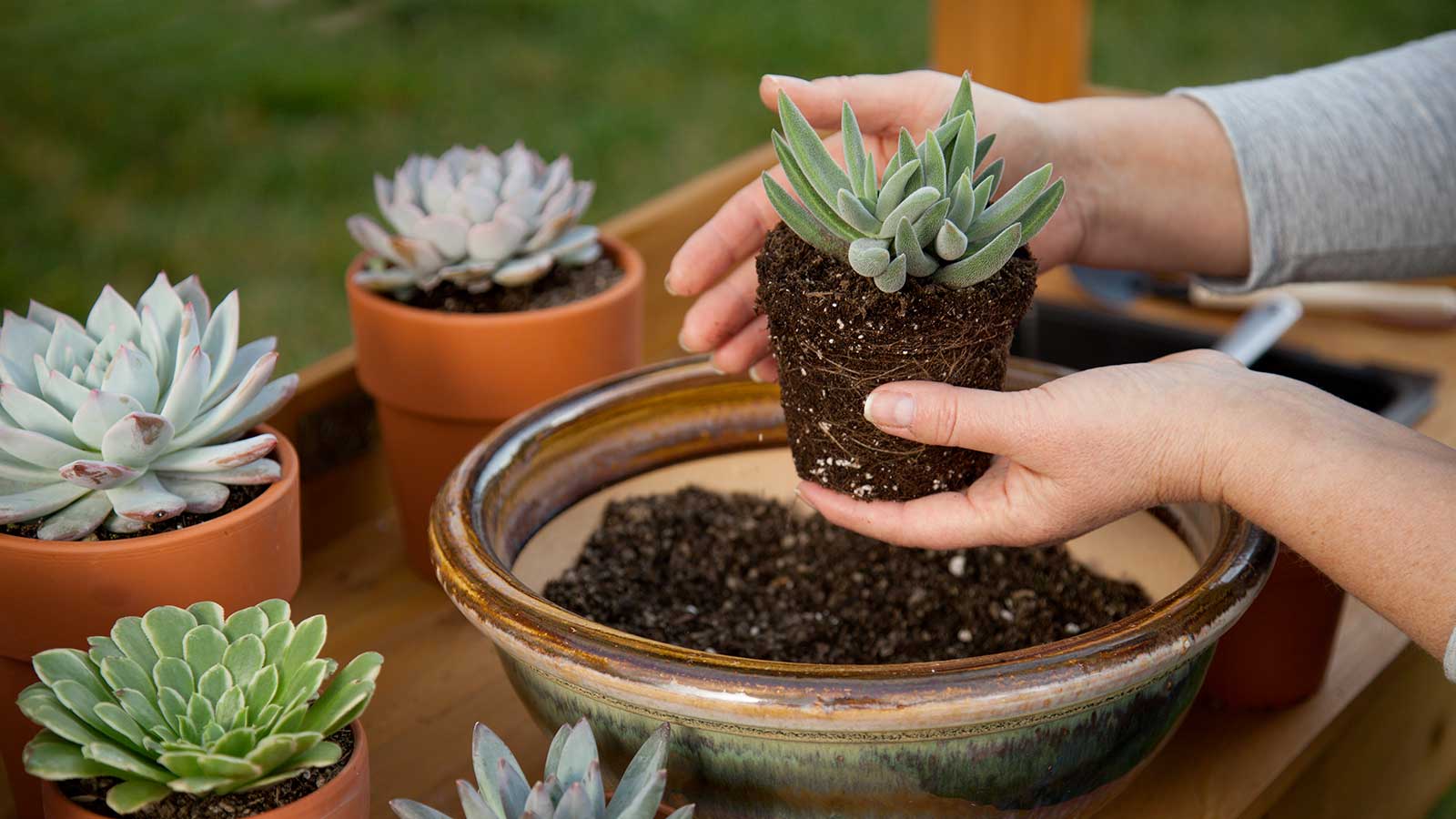

Q: I have just bought a few small succulents, including aloes, echeveria, and a jade plant. I plan to plant them together in a large, bowl-shaped container to brighten up my desk. What soil would you recommend I use?
A: Perhaps the most important thing to remember when caring for succulents is that too much water can quickly lead to problems – and even be fatal for the plants. This means, as well as turning your watering regime down to a minimum, you’ll need to select a potting soil that doesn’t become waterlogged easily.
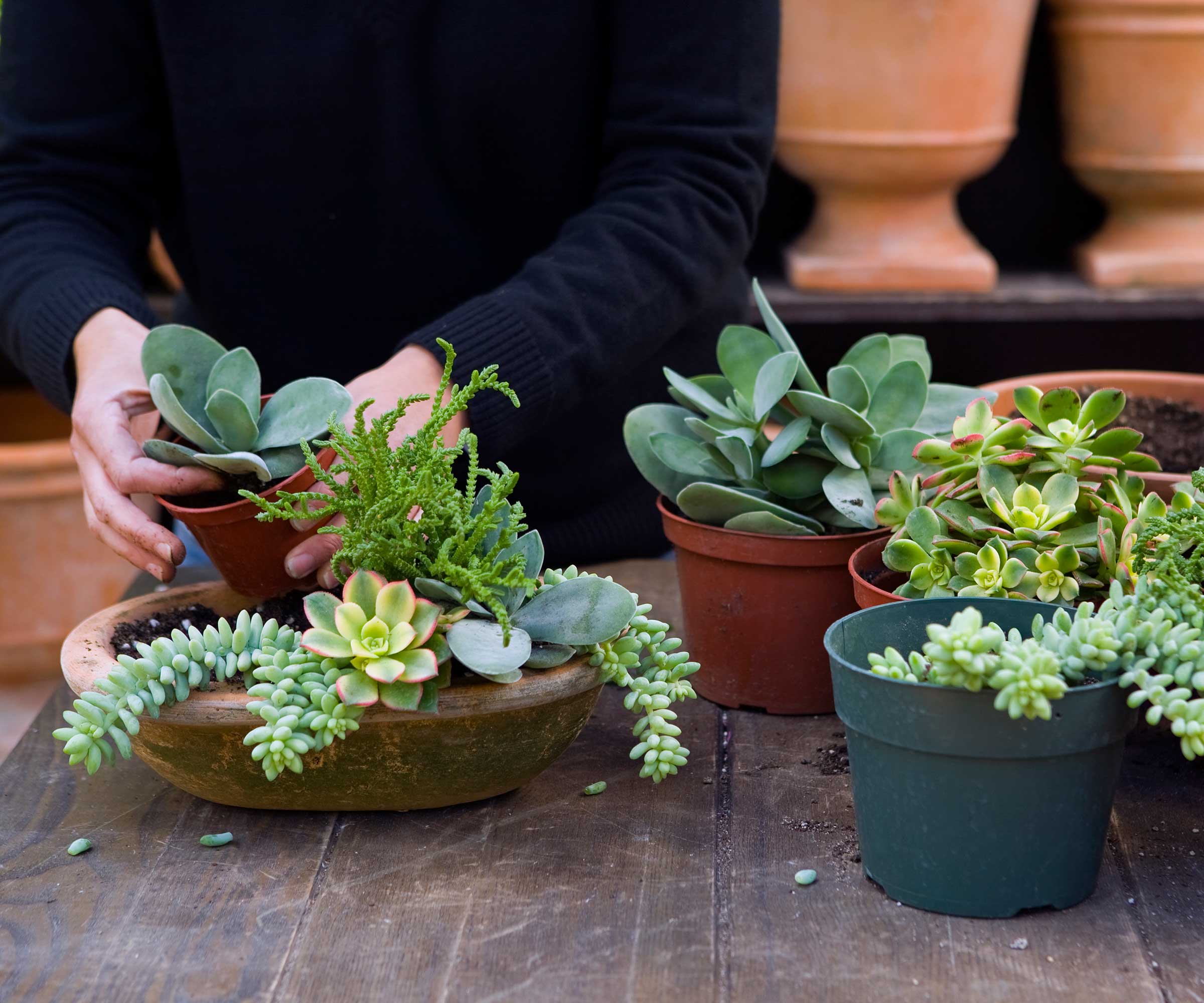
Succulents can be potted up together to create beautiful arrangements
The best potting soil for your succulents
Succulents don’t need moisture-retaining soil because they naturally grow in arid environments, and have adapted to store water in their leaves and tissue, explains plant expert Autumn Hilliard-Knapp. What's more, wet soil prevents air from reaching their delicate roots, and will cause them to rot, adds Kiersten Rankel of houseplant-care app, Greg.
Conveniently, there are many well-draining commercial mixes available that are specially formulated for growing succulents and cacti. These usually contain a combination of materials like peat moss, pine bark, coarse sand, and perlite, Autumn says.
Paris Lalicata from The Sill agrees that using a succulent- or cactus-specific potting mix is the way forward. ‘You definitely want to avoid potting your succulents with standard potting mixes,’ she adds, as this would be a succulent mistake. Most standard potting mixes for indoor plants are designed for tropical houseplants, and retain a lot of moisture, she explains.
Top tip: If you’re planting your succulents in a terrarium, a ‘drainage layer’ of gravel or small rocks beneath your layer of potting mix can be beneficial.

Autumn is a horticulture specialist and marketing professional at Perfect Plants Nursery. With four years of experience in the horticulture industry, she has developed a passion for helping people create beautiful indoor and outdoor spaces to enjoy. Her expertise in horticulture encompasses a broad range of activities, including plant care and selection, landscape design, and maintenance.

Paris has been with The Sill for almost five years and heads up Plant Education and Community. A self-taught plant expert with over ten years of experience growing houseplants, she currently maintains an indoor garden of more than 200 plants in the northeast. Her passion is making plant care more digestible for budding plant parents and sharing the many benefits of having plants indoors.
Shop cactus and succulent potting mixes:
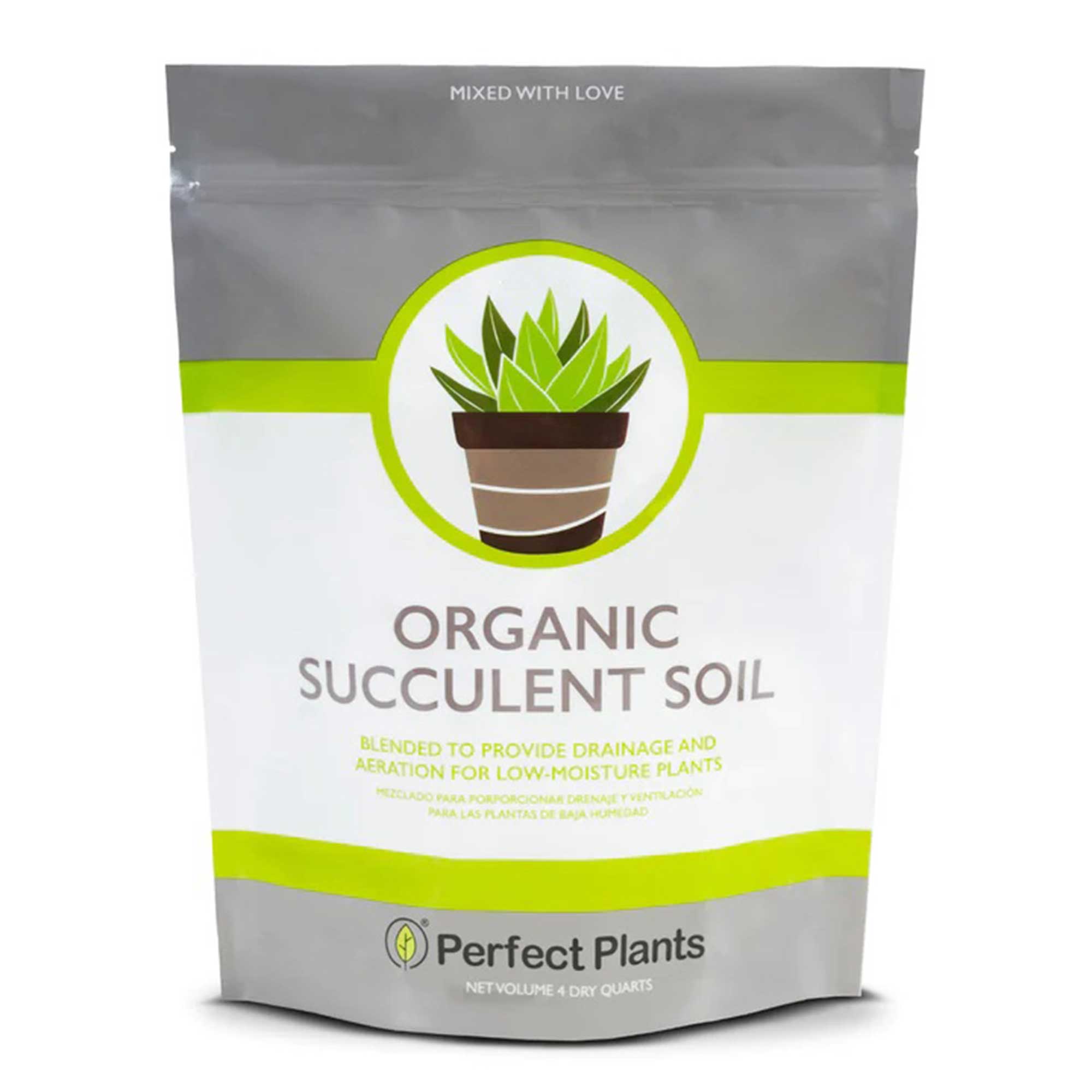
This fast-draining mix includes organic peat moss, coarse sand, composted pine bark, perlite, and lime.
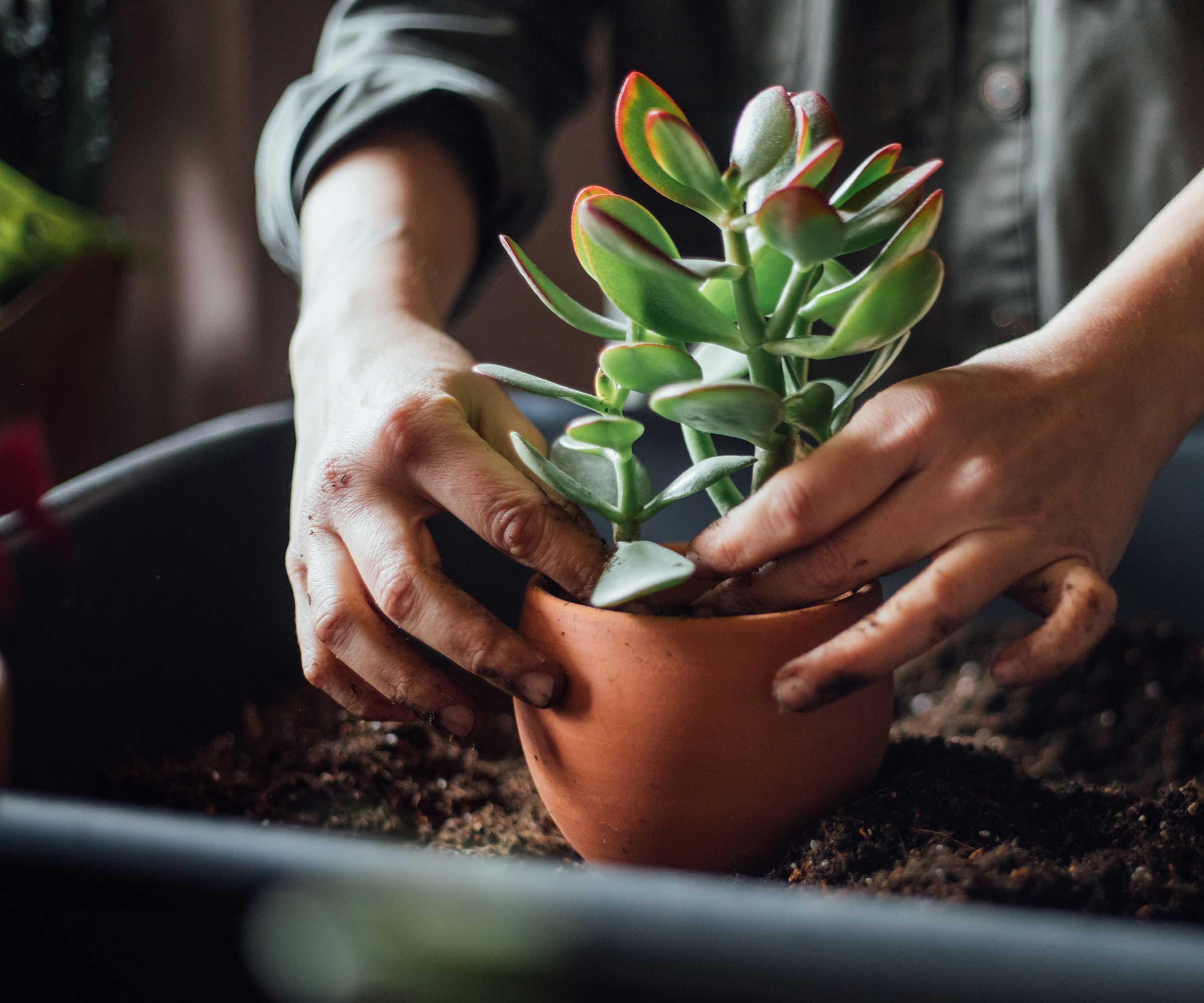
Ensure you use a well-draining mix for your succulents
How to make your own potting mix for succulents
You can make your own succulent mix by combining equal parts of regular potting soil and perlite, sand, or gravel, says Kiersten Rankel. This creates lots of air pockets to help with drainage, while still providing plenty of nutrients, she explains.
'Make sure your pot has a drainage hole so any extra water can escape,' she adds.
Top tip: Perlite is a lightweight material made from volcanic glass or rock. It is beneficial for improving the drainage and aeration of potting mixes. You can buy organic perlite from Perfect Plants Nursery.

Kiersten Rankel is a certified Louisiana Master Naturalist and regularly volunteers with local community gardens and nonprofits to help restore critical ecosystems along the Gulf Coast. She earned her master's degree from Tulane University in Ecology and Evolutionary Biology after her undergraduate degree in Environmental Biology, also from Tulane. In her spare time, she enjoys hiking and tending to her 150+ houseplants and vegetable garden.
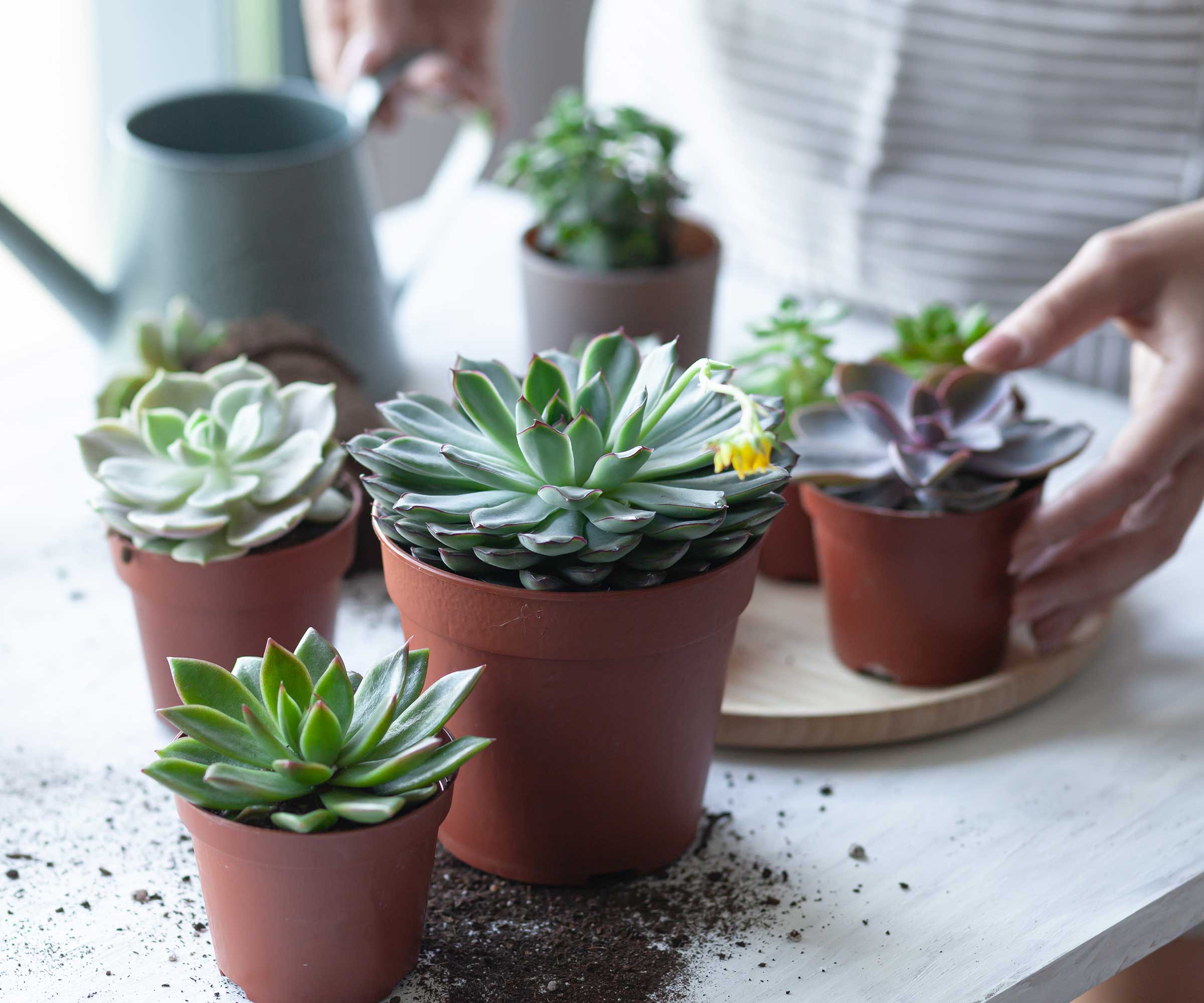
Potting soil can be combined with materials that aid drainage
FAQs
Can you grow succulents in water?
It may come as a surprise, but stem cuttings from some types of succulents can be propagated in water as opposed to soil. Ensure you change the water frequently to keep it clean and avoid getting the stems and leaves wet, as this may cause them to rot.
Can you grow succulents in sand?
Some succulents can survive in just sand, providing it is coarse enough to drain well. However, you may need to add a little fertilizer to provide enough nutrients for them. Combining sand with potting soil is generally a better approach to help your plants flourish.
Aside from getting the soil right, there are a few other important aspects of successful succulent care. These include repotting and pruning them when needed.
Remember, too, that succulents can be propagated from cuttings. So, if you love tending to your collection, it’s easy to make more for free.
Sign up to the Homes & Gardens newsletter
Design expertise in your inbox – from inspiring decorating ideas and beautiful celebrity homes to practical gardening advice and shopping round-ups.

Holly started writing about gardening five years ago, and she is a regular contributor to Homes & Gardens. She has also written many gardening features for Woman & Home and Real Homes, too. She has previous experience as a professional gardener, where she helped to plant and maintain private gardens. Holly has also looked after allotment plots over the years and loves to grow her own flowers and veggies from seed. In her spare time, she enjoys visiting local gardens, botanical drawing, and tending to her ever-growing collection of houseplants.
-
 Sick of white walls? My journey from minimalist to maximalist, one paint stroke at a time
Sick of white walls? My journey from minimalist to maximalist, one paint stroke at a timeWhat do you do if you’re bored with plain walls? If you’re me, you go full muralscape
By Sophia Pouget de St Victor Published
-
 5 vital ways a home battery backup can help with your most urgent needs in a power outage – from heating to flood prevention and calls
5 vital ways a home battery backup can help with your most urgent needs in a power outage – from heating to flood prevention and callsExperts say they're a worthy investment
By Clement Feng Published
